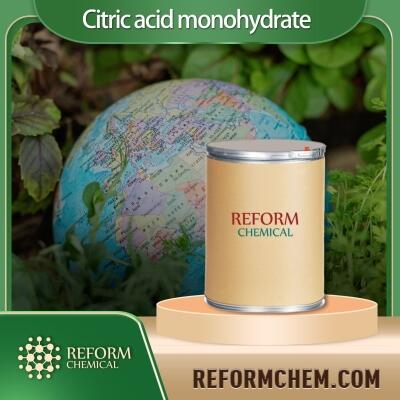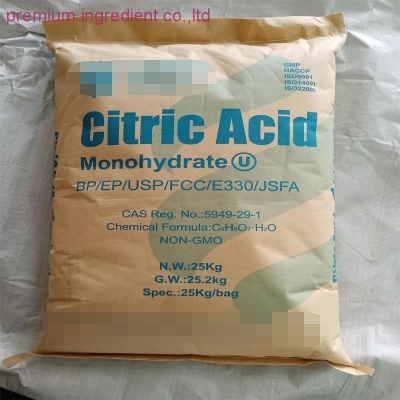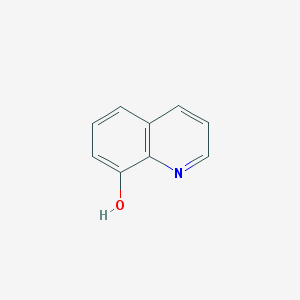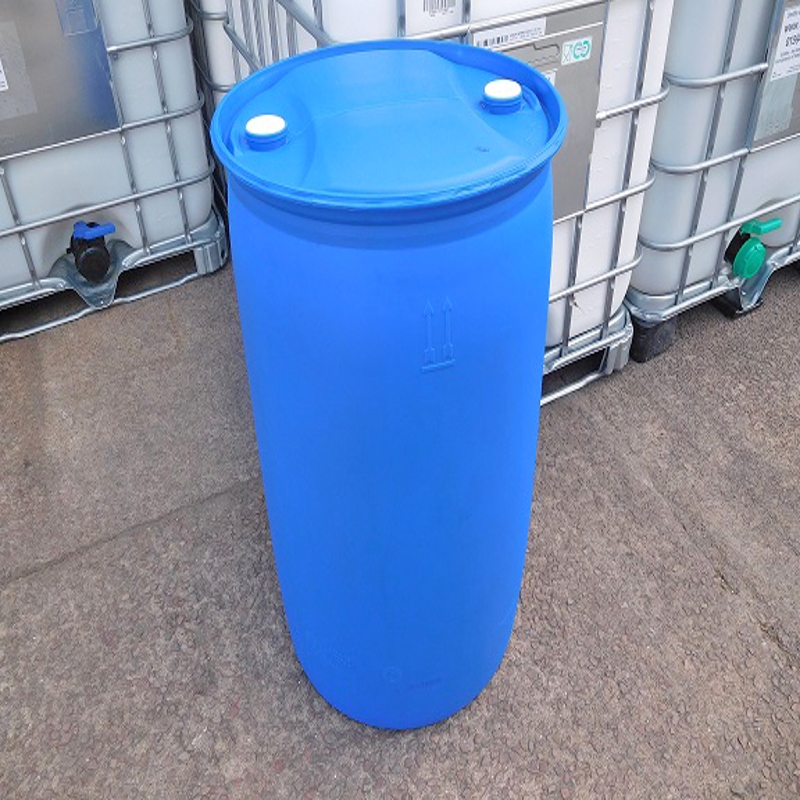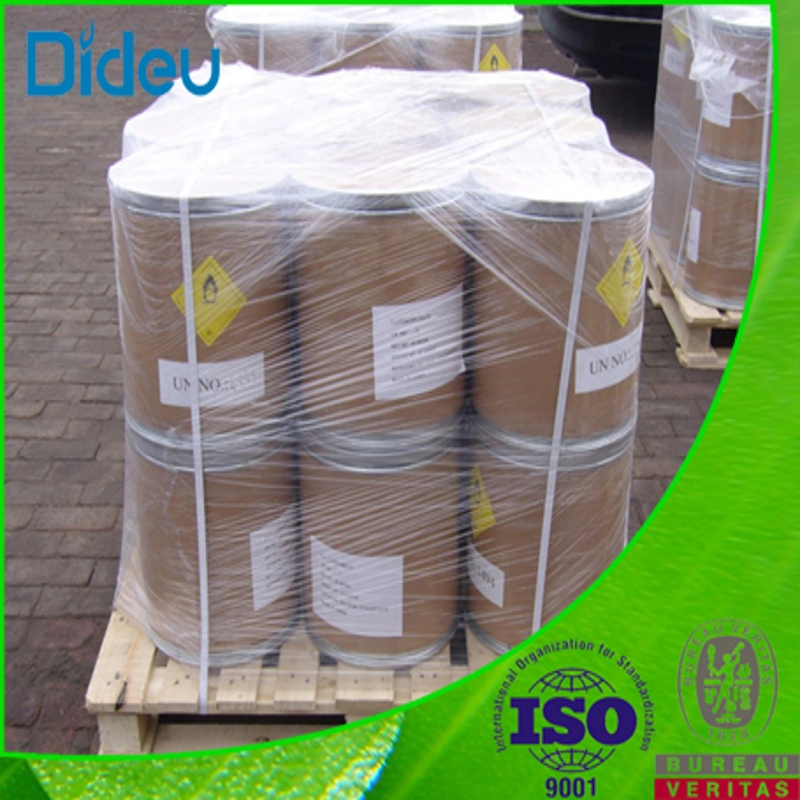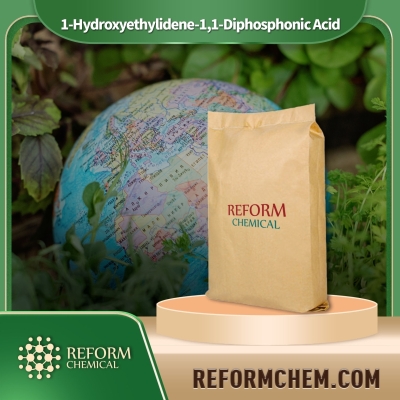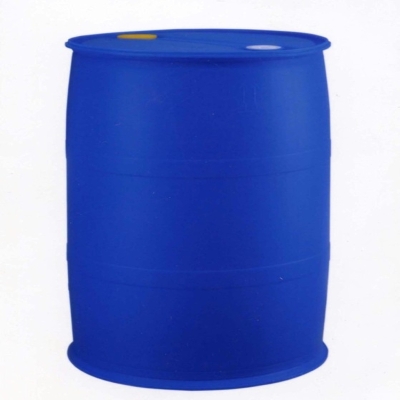Cosmetic Ingredient
- • Abrasive (124)
- • Absorbent (84)
- • Anticaking (66)
- • Anticorrosive (25)
- • Antifoaming (19)
- • Antimicrobials (290)
- • Antioxidant Ingredient (393)
- • Antiperspirant (20)
- • Antiplaque (48)
- • Anti-seborrheic (38)
- • Anti-sebum (39)
- • Antistatic (458)
- • Astringent (162)
- • Binding Agent (172)
- • Bleaching Agent (53)
- • Buffering (191)
- • Bulking (109)
- • Chelating (122)
- • Cleansing (679)
- • Cosmetic Colorant (212)
- • Cosmetic Preservative (158)
- • Denaturant (45)
- • Deodorant (98)
- • Depilatory (27)
- • Dissolving Agent (298)
- • Emollient (795)
- • Emulsifying Agent (480)
- • Emulsion Stabilising (154)
- • Exfoliating (19)
- • Film Forming (299)
- • Flavouring (72)
- • Foam Boosting (161)
- • Foaming (101)
- • Fragrance Ingredient (726)
- • Gel Forming (19)
- • Hair Conditioning (670)
- • Hair Dyeing (363)
- • Hair Fixing (36)
- • Hair Waving or Straightening (45)
- • Humectant (282)
- • Hydrotrope (92)
- • Keratolytic (20)
- • Light Stabilizer (80)
- • Moisturising Agent (50)
- • Nail Conditioning (42)
- • Occlusive (20)
- • Opacifying (119)
- • Oral Care (123)
- • Oxidising (19)
- • Perfuming (2105)
- • Plasticiser (98)
- • Propellant (19)
- • Reducing (50)
- • Refatting (12)
- • Refreshing (26)
- • Skin Cleansing (388)
- • Skin Conditioning (1751)
- • Skin Humectant (21)
- • Skin Protecting (282)
- • Smoothing (31)
- • Soothing (71)
- • Tonics (155)
- • UV Filter (34)
- • Viscosity Controlling (532)
Chemicals as Skincare Ingredients
Related News
-
Pfizer China Oncology Division Restructures Amid Executive Changes
2025-03-19 -
Price Surge Alert as Major Suppliers Increase Barium Sulfate Costs by 200 Yuan per Ton
2025-03-20 -
Shell Considers Partnering with the U.S. and Closing European Chemical Assets
2025-03-26 -
Quaker Houghton Acquires Dipsol Chemicals, Strengthening Advanced Solutions Portfolio
2025-03-27 -
AstraZeneca to Invest $2.5 Billion to Establish Global Drug R&D Center in Beijing
2025-03-25 -
Saudi Aramco CEO: Invest in downstream projects in China's energy, chemical and other fields
2025-03-28
Chelating
Citric acid
(77-92-9)-
Food Grade / 99%
-
BP/EP/USP/FCC grade / 99%
$1-1.2/KG EXW
-
Food Grade / 99.9%
-
Industrial Grade / 99%
Oxalic acid
(144-62-7)-
Cosmetics Grade / 99%
-
Industrial Grade / -
-
Industrial grade / 99%
$1-1.3/KG FOB
-
Industrial Grade / 97%
$0.1-0.11/KG FOB
2-Hydroxy-1,2,3-propanetricarboxylic acid hydrate (1:1)
(5949-29-1)-
Food grade / 99%
$1-1.3/KG FOB
-
BP/EP/USP/FCC grade / 99%
$800-1000/MT EXW
-
Food Grade / 99%
$1255-1605/MT FOB
-
Food Grade, Industrial Grade / 99.9%
8-Hydroxyquinoline
(148-24-3)-
Industrial Grade / 99%
-
-
- / 99.00%
-
Different Grade / 99.9%
$0.1/KG EXW
Sodium tripolyphosphate
(7758-29-4)-
-
Industrial grade / 99%
-
Chemical Grade / 99%
-
Industrial Grade / 94%
Source Chelating Products Supply
Calcium gluconate
(299-28-5)-
Chemical Grade / 99%
$1/KG FOB
-
-
- / 0.00%
-
Industrial Grade / 100%
Request for quotation , get quotes from more suppliers.
Ethylenediaminetetraacetic acid
(60-00-4)-
Industrial grade / 99%
-
Chemical Grade / 99%
$10/KG FOB
-
- / 0.00%
-
- / 99.00%
Cyclodextrin
(12619-70-4)-
![CYCLODEXTRIN buy CYCLODEXTRIN]()
Industrial Grade / 99%
-
![CYCLODEXTRIN buy CYCLODEXTRIN]()
Industrial Grade,Pharma Grade / 99%
-
![cyclodextrin buy cyclodextrin]()
-
![CYCLODEXTRIN buy CYCLODEXTRIN]()
- / 0.99%
Request for quotation , get quotes from more suppliers.
(1-Hydroxyethylidene)-1,1-diphosphonic acid
(2809-21-4)-
Cosmetics Grade / 99.5%
$1-1.2/MT FOB
-
Industrial Grade / 99%
$1-1.3/KG FOB
-
Industrial Grade / 99%
$2800/MT EXW
-
- / 99%
Request for quotation , get quotes from more suppliers.
Potassium pyrophosphate
(7320-34-5)-
Industrial Grade / 98%
-
Chemical Grade / 99%
-
-
- / 0.00%
Request for quotation , get quotes from more suppliers.








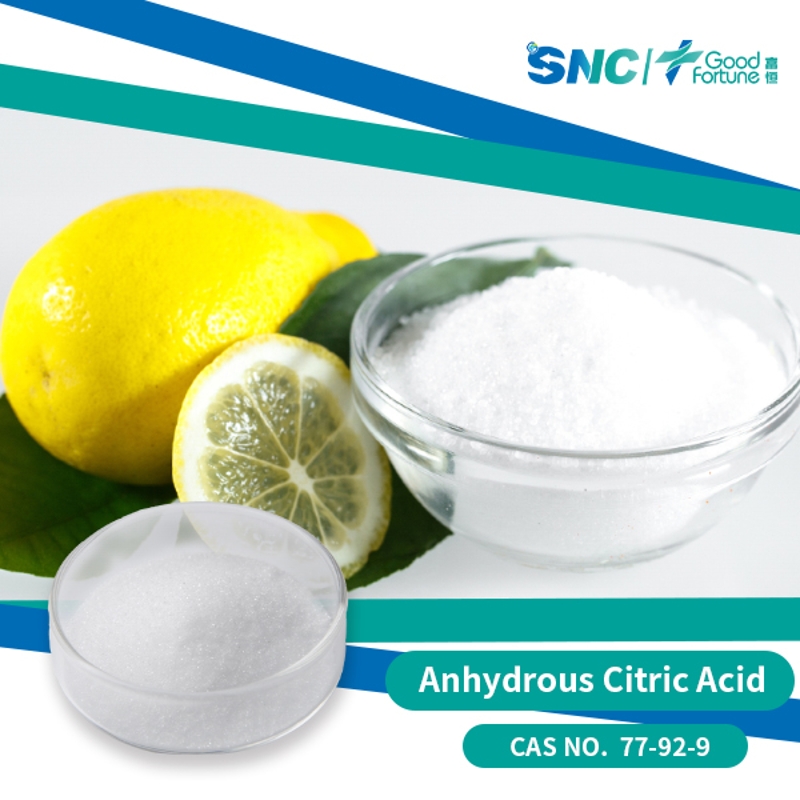
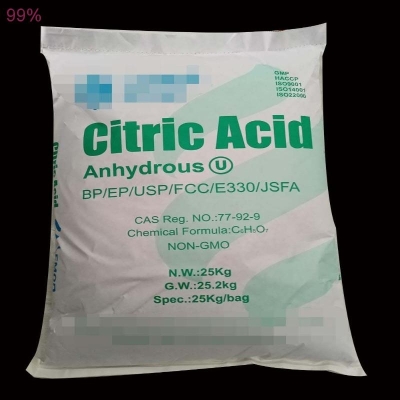

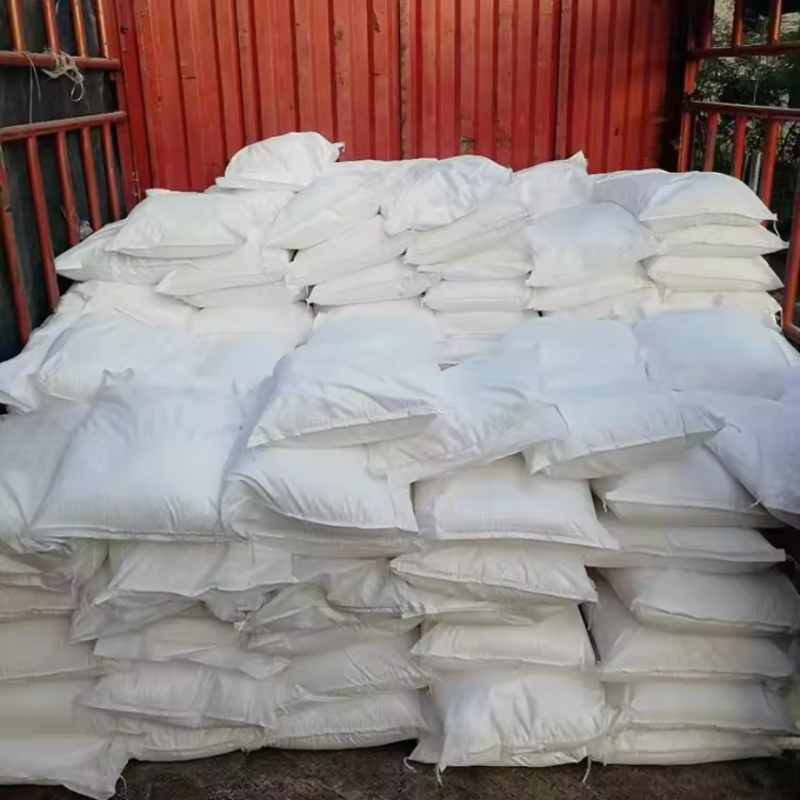



![High Quality 98% Purity of 2-[(4-chlorophenyl)methyl]piperidine hydrochloride CAS 6936-90-9 ISO 9001:2005 REACH Verified Producer buy High Quality 98% Purity of 2-[(4-chlorophenyl)methyl]piperidine hydrochloride CAS 6936-90-9 ISO 9001:2005 REACH Verified Producer](https://file.echemi.com/fileManage/upload/goodpicture/20231012/phenytoin-usp-99-powder-57-41-0-dideu_b20231012171302840.jpg)
